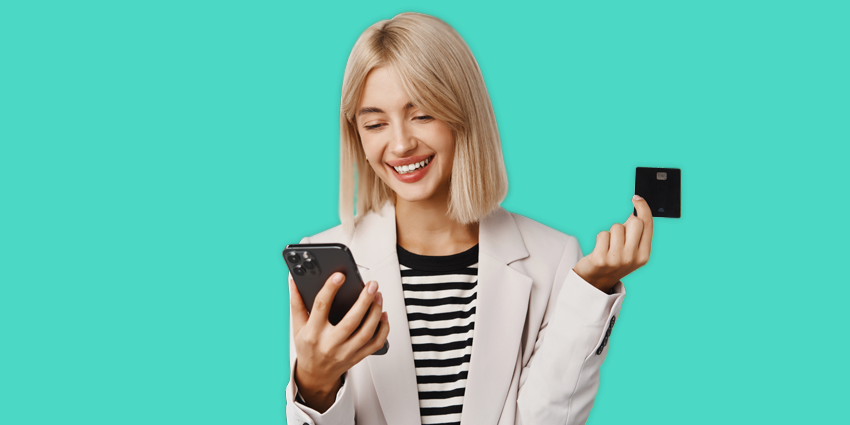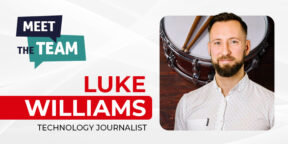What is paid media, and why does your business need it?
Surviving and thriving in today’s competitive digital landscape requires companies to invest in a variety of different kinds of content.
The content you produce, share, and generate online helps to develop brand awareness, attract new customers to your company, and increase your earning potential. Paid media is just one form of content you can create to achieve your marketing and sales goals.
Paid media involves the use of external marketing efforts which involve paying for the attention you receive. For instance, you might use a “Pay-Per-click” ad on Facebook or Google to acquire leads for your latest campaign. Alternatively, you could pay for an ad placement on a website and pay for a certain number of impressions (people who see your ad).
Here’s what you need to know about paid media.
Defining Paid Media vs Organic and Earned Media
There are three primary forms of “media” companies can use to improve their position online:
- Paid media
- Owned Media
- Earned media
Paid media is just one strategy companies can use to connect with their target audience and increase sales. Through paid media, you’re actively “acquiring” digital results, like impressions on your ad, or clicks on a specific link. This can make paid media an effective and fast way to generate results.
Social media platforms like Facebook, LinkedIn, and Instagram allow you to pay to promote your posts to a specific audience. You can use paid search engine advertising to place your ads at the top of the page for certain queries, and even pay companies to display banner ads on their website.
By sponsoring content and paying for ads with paid media, you can often reach clients who might not have found you otherwise.
Earned media refers to the coverage and brand expansion opportunities you earn through word of mouth. An example of earned media could include a company reviewing your product or writing a story about your business without you paying for them to do so.
Earned media can also include user-generated content, like posts on social media from people who have purchased your products in the past.
Finally, owned media is the content you’re in full control of, such as the pieces on your blog, company website, and social media accounts. This owned media is usually a tool for gaining organic traffic, through the use of careful targeting measures. Owned media like SEO-enhanced blogs can eventually lead to earned media, by convincing more parties to interact with and support your brand.
The Different Types of Paid Media
Paid media comes in a range of different formats, from social media and search engine ads, to paid segments in a blog or on a website. Some of the most common types include:
- Paid social media: Examples of paid social media include ads and promoted organic content used to attract a specific audience on social media. Almost every social platform now offers paid options, with the opportunity to target the people who see your ads based on their location, interests, and other factors.
- Search engine ads: Search engine advertising is a common branch of digital marketing. While organic search engine strategies involve using SEO to improve your position in the search results, you can also buy a better position with PPC campaigns. These ads are usually identified by the search engines, and placed at the top of the page to make them easier to find.
- Banner ads: Banner and display ads are often visual pieces of content embedded into a sidebar, pop-up, or a piece of content on another publication. Banner ads can include static images and animations, and are often designed to send customers back to your website whenever someone clicks on them.
- Native ads: Native ads are a kind of advertisement intended to look like unpaid content on the platform where they appear. For instance, if you pay for someone to conduct a review of your product and place it on their website, this would look like natural content, but the real aim of the piece would be to drive people back to your site. Studies suggest customers respond to native ads 53% more frequently than display ads.
- OOH and DOOH ads: Out-of-home, and digital out-of-home ads allow companies to reach people in public spaces. OOH includes billboards and posters, while DOOH uses digital tools, like QR codes connected to AR apps, digital billboards, and in-store kiosks.
Influencer campaigns are another form of paid media gaining additional attention in the social landscape, as they involve paying a professional to vouch for your company.
Why Use Paid Media?
Paid media campaigns have both positives and negatives to consider. On the one hand, they can seem like a more traditional, or old-fashioned form of advertising, and some forms of paid advertising can come across as intrusive. For instance, some people deliberately ignore banner ads and paid advertisements on Google because they’re less likely to trust paid ads than organic placements.
As an added issue, common forms of paid media are easier to overlook. Issues like banner blindness can sometimes make it harder to capture the attention you want with certain paid placements.
However, if you take the time to understand your audience and learn what kind of campaigns, they’re likely to respond to, paid media can have some significant benefits. Compared to owned and earned media, paid media represents one of the quickest and easiest ways to get in front of the right leads fast. You can promote content you’ve already created, and bypass the work involved in making organic content stand out with methods like SEO.
Paid media strategies also allow you to target a very specific audience, making them a good choice when you have a solid knowledge of who you’re trying to reach.
However, as mentioned above, paid media strategies often work best when accompanied with other kinds of content marketing solutions. Usually, the best outcomes come from mixing and matching paid media, earned media, and owned media.









